Rapid technology development has changed customer experience expectations. While the private sector has led the way, the federal government must catch up or risk becoming irrelevant.
The Clearing’s Yasmeen Burns and Robyn Klem spend their days helping federal clients address these challenges. Here is their assessment of the opportunities facing modern federal leaders and what they might consider as they pursue them.
Rapidly Changing Technology and Customer Expectations are Challenging Leaders
When we hear customer experience, we think of private sector companies like Amazon that provide effortless services and anticipate what customers need next. However, we often overlook one of the biggest providers of customer experiences for the American public: the federal government. The American public expects the government to do all that these agencies promise such as keeping the country safe, ensuring access to health care, responding to natural disasters, strengthening our economy, and maintaining infrastructure.
For better or worse, those private sector experiences largely shape our expectations around customer experience. And thanks to the Amazons and USAAs of the world, Americans expect speed, ease of use, and personalization. Those same expectations expose the shortcomings in many federal government customer experiences. In fact, after nearly 35 combined years as federal government-focused consultants, we are observing less space than ever between what the American public expects when it comes to the private sector versus the public sector. In short, Americans are not differentiating between them.
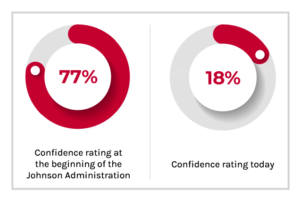 While the private sector’s pace of technology and anticipation of customer needs are increasing exponentially, in the public sector it’s oscillating. The impact of this goes beyond customer experience – it contributes to the declining trust of the American government. According to the Pew Research Center, there was a confidence rating of 77% at the beginning of the Johnson Administration. Today, that trust is down to 18%.
While the private sector’s pace of technology and anticipation of customer needs are increasing exponentially, in the public sector it’s oscillating. The impact of this goes beyond customer experience – it contributes to the declining trust of the American government. According to the Pew Research Center, there was a confidence rating of 77% at the beginning of the Johnson Administration. Today, that trust is down to 18%.
According to a recent American Customer Satisfaction Index study, “Americans’ satisfaction with federal experiences is dropping, and currently ranks below their satisfaction with private-sector and local government experiences.”
At The Clearing, we believe part of rebuilding that trust is creating a better experience for customers of the federal government – and technology will be a catalyst for that. And it’s not just us. There is already an executive order dedicated to CX, multiple GAO audits have occurred or are in process, and a new experience delivery model from OMB is on the way. That means pressure to improve – and in turn, make better use of technology – is not just coming from the American public anymore. The oversight agencies and executive order have given this movement teeth and more access to resources and budget dollars in 2023 than ever before.
Legacy Systems + Legacy Employees = Future Issues
When benchmarked against the private sector, the government is behind the curve in terms of customer experience. In many cases, it has yet to leverage technology as effectively or efficiently in service of customers as the private sector. It would be easy to say, “Look at what USAA is doing with customer technology and copy their plan.” However, outside of limiting factors such as budget and resources, there is the major issue of IT system age at many federal agencies – likely an obstacle the USAAs of the world don’t face. We work with a major agency whose IT system is approaching 50 years old. Imagine what’s changed in 50 years! This system doesn’t support an effective and efficient modern customer experience simply because it wasn’t built that way. It’s also costing the agency a lot of money to maintain. Now extrapolate that out and you can see the bigger issue.
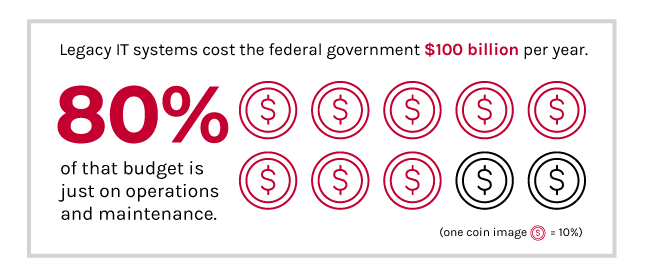
These legacy systems are only becoming more costly, as the way they were built is no longer relevant. In fact, legacy IT systems cost the federal government $100 billion per year. And 80% of that budget is just on operations and maintenance. That’s it. There is no modernization, no transformation. Why? Well, it often seems easier to pull out the first aid kit and put a bandaid on parts of IT systems that aren’t running efficiently or effectively, which unintentionally creates a bit of a Frankenstein year over year. This is not uncommon and not exclusive to the federal government. We regularly see new technologies render old technologies obsolete. Remember VHS and landlines? Now, it’s time for many federal IT systems to take the same path. To put a point on it, imagine what progress could be made if that $100 billion were repurposed into modern, customer-focused systems?
Now, let’s dig deeper. Included in those costs are legacy employees – many nearing retirement age. These skilled people are the lifeline for these systems, many of which were built with code from a bygone era. Take COBOL, for instance. While this 60-year-old coding language still has uses, according to GAO it comes with a number of risk factors, “such as a rise in procurement and operating costs, and a decrease in the availability of individuals with the proper skill sets.”
Legacy systems, rising costs, dissatisfied customers. What’s a federal leader to do?
Pockets of Success Point to a Brighter Future
Thankfully, it’s not all doom and gloom. While these obstacles to great customer experience may seem insurmountable, leaders are making progress in their organizations. We’ve seen the Air Force and other defense agencies have success using technology to improve customer experience (i.e., the lives of their people) on both the technical and human sides of its operations.
On the technical side, Forbes reports the Air Force has updated millions of lines of code in its Base Supply System from COBOL to Java. This effort ensures the system is operable by a new generation of IT professionals and enables a better experience for the airmen using it.
On the human side, the pandemic spurred a major defense agency into using a technological solution for a human-centered challenge. The agency’s leaders noted they were falling short of supporting their employees and their families in a number of areas. In response, they leveraged unexpected methodologies like Human Centered Design and Design Thinking to tackle some of their biggest obstacles, from basic leave requests to retirement planning. The agency was willing to adopt these new practices and put aside old ways of working in order to update existing and in some cases create new platforms to support its people more effectively.
This new mindset, coupled with the novel use of existing technological tools, enabled the agency to rapidly solicit employee feedback through user testing. This helped inform targeted solutions and rapid deployment of real-life prototypes, lowering costs and reducing timing to launch – meaning customers got the services they needed faster despite the challenges of the pandemic. This is noteworthy because while the challenge was not technology-centered, leaders leveraged technology to create better experiences for their people.
These leaders are creating a model for other agency executives to follow. They’ve shown that modernization isn’t impossible and that there are practical ways to use technology (even what you already have) to improve customer experience. What stands out to us is the willingness to take a risk and avoid the fallacy of sunk costs. Many leaders are averse to letting go of legacy systems because of the upfront cost it took to build them in the first place. In our first example, the Air Force, however, weighed that against ongoing maintenance costs and made a future- and customer-focused decision. Likewise, embracing new technology can be costly and difficult – it can be intimidating to be an early adopter or to try something new. However, doing so is the best way toward creating the type of service and experience modern customers – and employees – demand.
Tips for Navigating Customer Challenges
If you haven’t already faced some of these challenges, it’s likely you will at some point soon. In addition to considering how you can help your organization identify customer experience gaps and potential technology solutions to fill them, here are three pieces of advice as you lead your teams into the future.
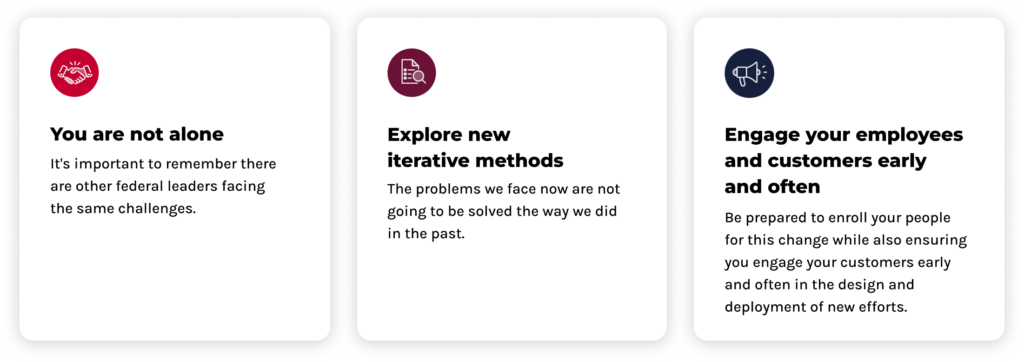
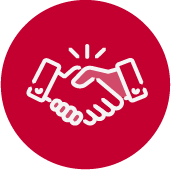
You are not alone.
It’s important to remember there are other federal leaders facing the same challenges. Seeking out fellow leaders with whom you share challenges is critical. Here’s why:
First, many customer issues span agencies. This means your network of leaders is not only a support network, but likely the people you will need to work with to create holistic customer solutions that restore trust in government.
Second, speaking with fellow leaders may help identify opportunities to leverage Shared Services in support of a solution to shared issues. In recent years, shared services have matured to a point where federal leaders can effectively evaluate the risks and opportunities this type of approach offers. A number of agencies have already demonstrated where shared services can best be applied – as well as the technical and social requirements linked to sustainable positive customer experience with a shared service.
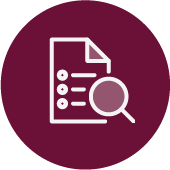
Explore new iterative methods.
The problems we face now are not going to be solved the way we did in the past. For example, organizations have historically identified a solution to an issue and gone all in on implementing it. Thanks to the rapidly shifting technology and customer demand we’ve discussed, that approach comes with significant risk. Instead, we recommend an iterative, human-centered design approach that allows your organization to test into the right solution using prototyping. Here’s how that process works using The AMPERIAN CYCLE®, The Clearing’s rapid prototyping process.

Engage your employees and customers early and often.
Be prepared to enroll your people in support of change while also ensuring you engage your customers early and often in the design and deployment of new efforts. For example, using a prototype solution to demonstrate to team members how a potential change will positively affect them is a great way to build a groundswell of support for customer-focused technology investments. For example, technology may allow for the automation of repetitive tasks, freeing employees up to spend more time with customers and execute on the organization’s mission, which is likely why they joined in the first place.
What’s Next
If you find yourself staring down customer or technology challenges and need a sounding board, we would love to hear more about what you and your organization are facing. Our team of Customer Experience experts work with federal leaders every day to help them develop customer-focused solutions that result in meaningful change for stakeholders at all levels. Reach out anytime at Yasmeen.burns@theclearing.com or robyn.klem@theclearing.com.
If you liked this article, you might also like:
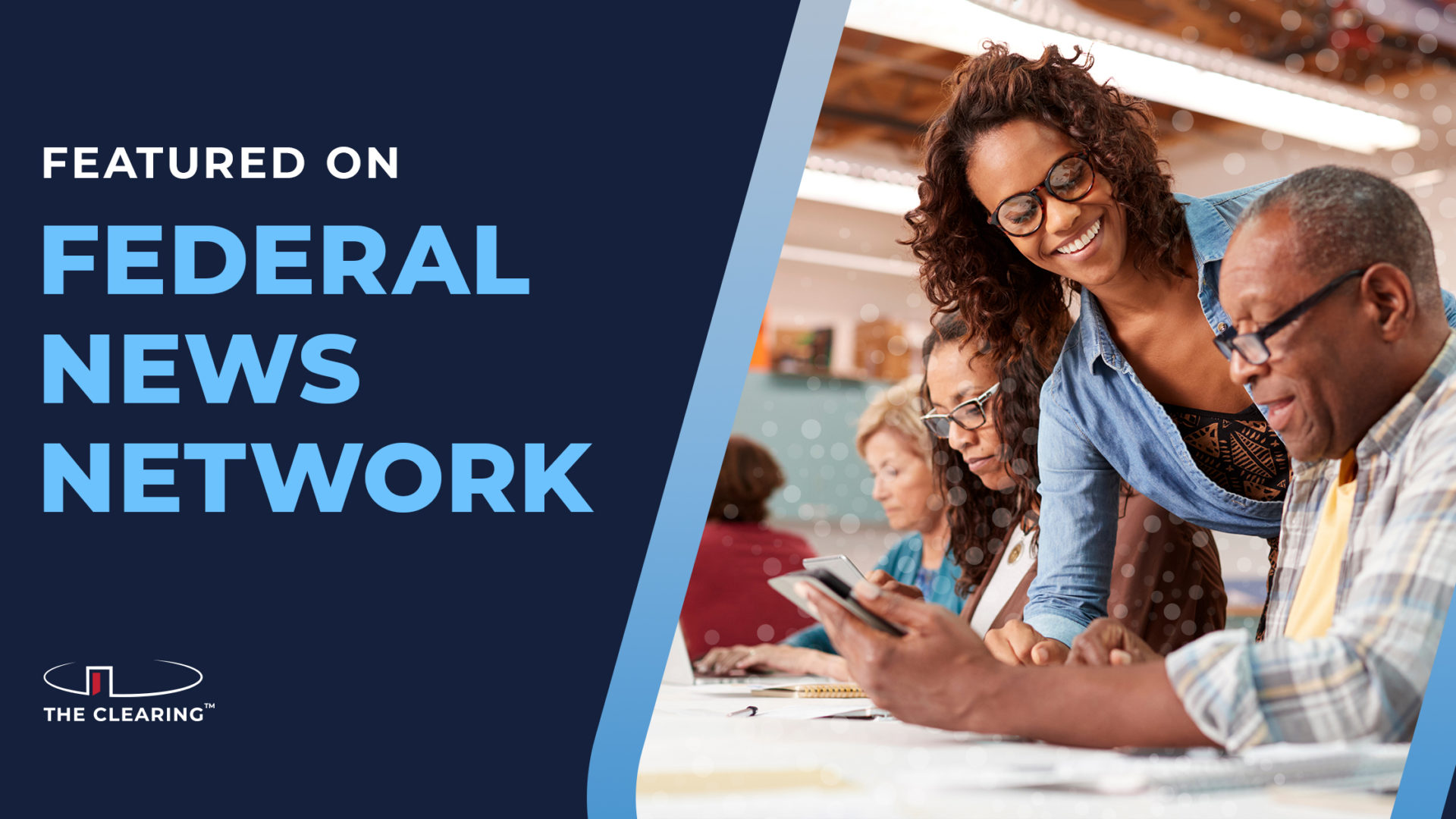

 The Clearing’s Employee Experience
Improvement model, adapted from Itam
& Ghosh, 2020, focuses on three objectives:
The Clearing’s Employee Experience
Improvement model, adapted from Itam
& Ghosh, 2020, focuses on three objectives: 


















